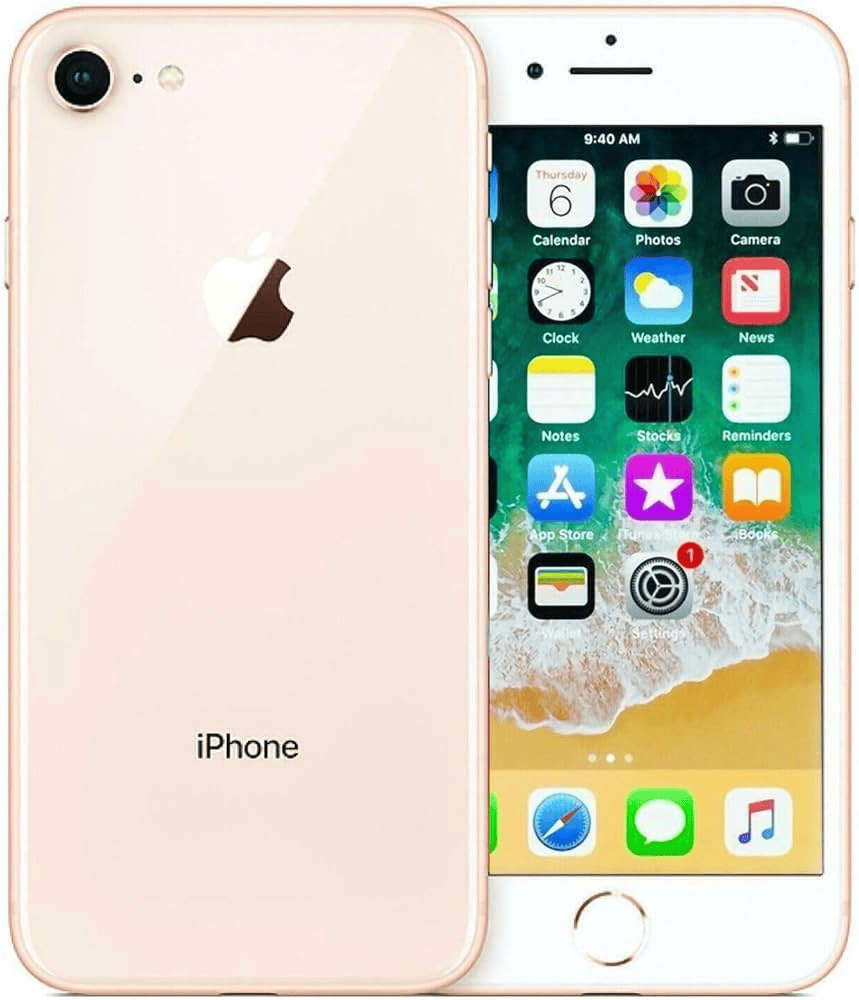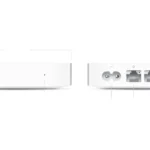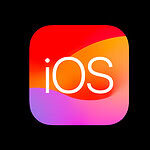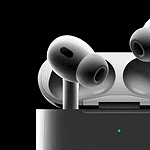Everyone wants to stay updated with the latest smartphones. If you are an iPhone enthusiast, you might wonder, “When did the iPhone 8 and iPhone 8 Plus come out?” Apple introduced these models on September 12, 2017. The release marked a significant step forward in mobile technology.
Both versions sported a new glass and aluminum design. This was Apple’s first foray into reinforcing their devices with the most durable glass used in a smartphone. The iPhone 8 and iPhone 8 Plus also came in three colors, catering to various tastes with elegance and style.
With Retina HD displays and the powerful A11 Bionic chip, the iPhone 8 and 8 Plus promised better performance. They were also designed for an enhanced augmented reality experience, setting a new standard for what people could expect from their devices.

Key Takeaways
- iPhone 8 and iPhone 8 Plus were released on September 12, 2017.
- They feature a new glass and aluminum design in three colors.
- They include Retina HD displays and the A11 Bionic chip.
Release and Design Overview
The iPhone 8 and iPhone 8 Plus were launched together, marking a significant update over the previous models. They featured notable design improvements and came in multiple variants, appealing to a wide range of users.
Launch Date and Initial Reception
Apple released the iPhone 8 and iPhone 8 Plus on September 22, 2017. This launch was highly anticipated and both models received positive feedback upon release. Many media outlets praised the new features and performance upgrades. The A11 Bionic chip and advanced camera were highlighted as standout features. Users were also excited about the improved durability and design.
Design and Build Quality
The iPhone 8 and iPhone 8 Plus introduced a new glass back design. This change allowed for wireless charging, a first for iPhones. The phones still retained their aluminum frames but the glass back made them look more premium. The models were available in Silver, Gold, and Space Gray at launch. In April 2018, a (Product)RED color was added. The devices were designed to be water and dust resistant with an IP67 rating, which provided some protection against accidental spills and dust.
Model Variants and Pricing
At launch, the iPhone 8 started at $699, while the iPhone 8 Plus started at $799. Both models were available in two storage capacities: 64GB and 256GB. This provided options for users with different storage needs. The pricing strategy placed these models in a competitive spot within the market, offering premium features at a reasonable cost. Additionally, including the Retina HD display and TrueTone technology enhanced the overall user experience, making these models attractive options for both new users and upgrades.
Technical Specifications and Features
The iPhone 8 and 8 Plus were released in 2017 with notable improvements in hardware, display, and connectivity.
Hardware Performance
The iPhone 8 and 8 Plus use the Apple A11 Bionic chip. This chip has six cores, including two high-performance cores and four efficiency cores, allowing for faster app launches and smoother multitasking. The RAM is 3GB, which supports robust performance.
These phones are capable of running iOS 11. They handle demanding tasks well, like gaming and 3D applications. The battery capacity for the iPhone 8 Plus is 2691 mAh, providing longer usage times.

Display and Camera Capabilities
The iPhone 8 has a 4.7-inch Retina HD display, while the 8 Plus offers a larger 5.5-inch screen. Both screens have IPS LCD technology and feature a pixel density of 326 PPI for the iPhone 8 and 401 PPI for the 8 Plus.
The 12 MP rear camera provides OIS and can record 4K videos. The 8 Plus has dual cameras, adding Portrait Mode and Portrait Lighting. The front camera is 7 MP, adequate for selfies and video calls.
Connectivity and Extra Features
These iPhones support LTE, Wi-Fi, and Bluetooth 5.0. They also include NFC for Apple Pay. GPS services include GPS, GLONASS, Galileo, and QZSS for precise location tracking.
Extra features include stereo speakers and wireless charging capabilities made possible by the glass back design. 3D Touch technology allows for varied screen interactions, offering a more dynamic user experience.







